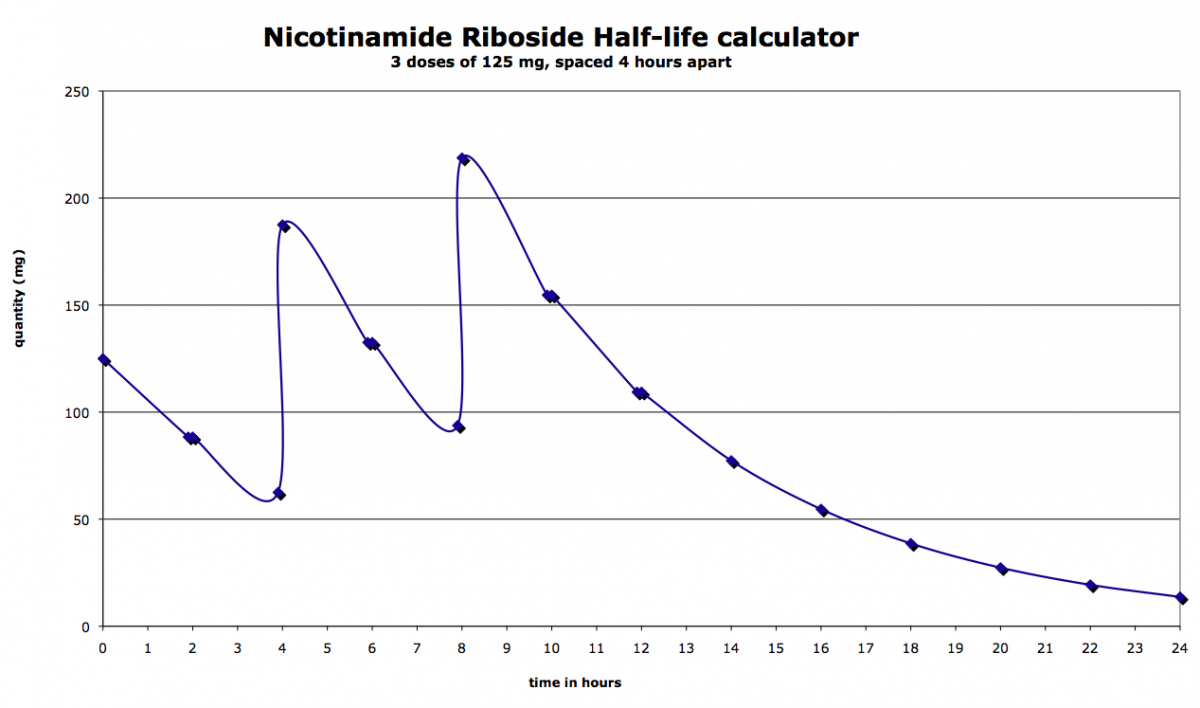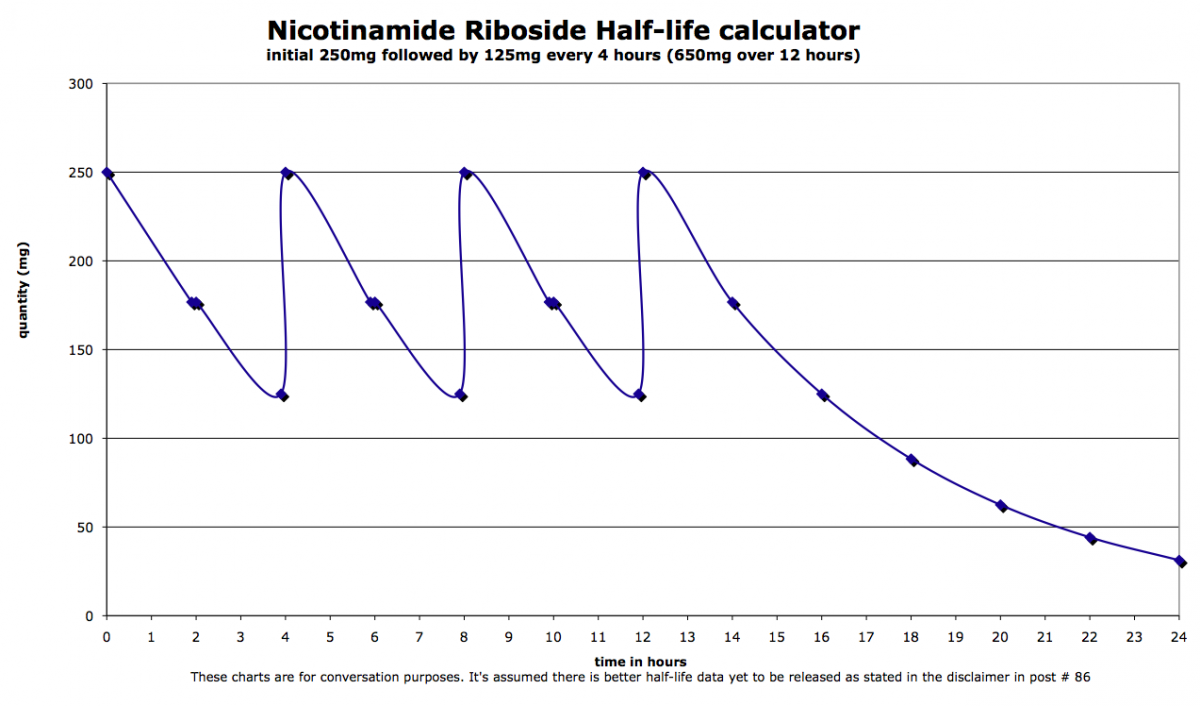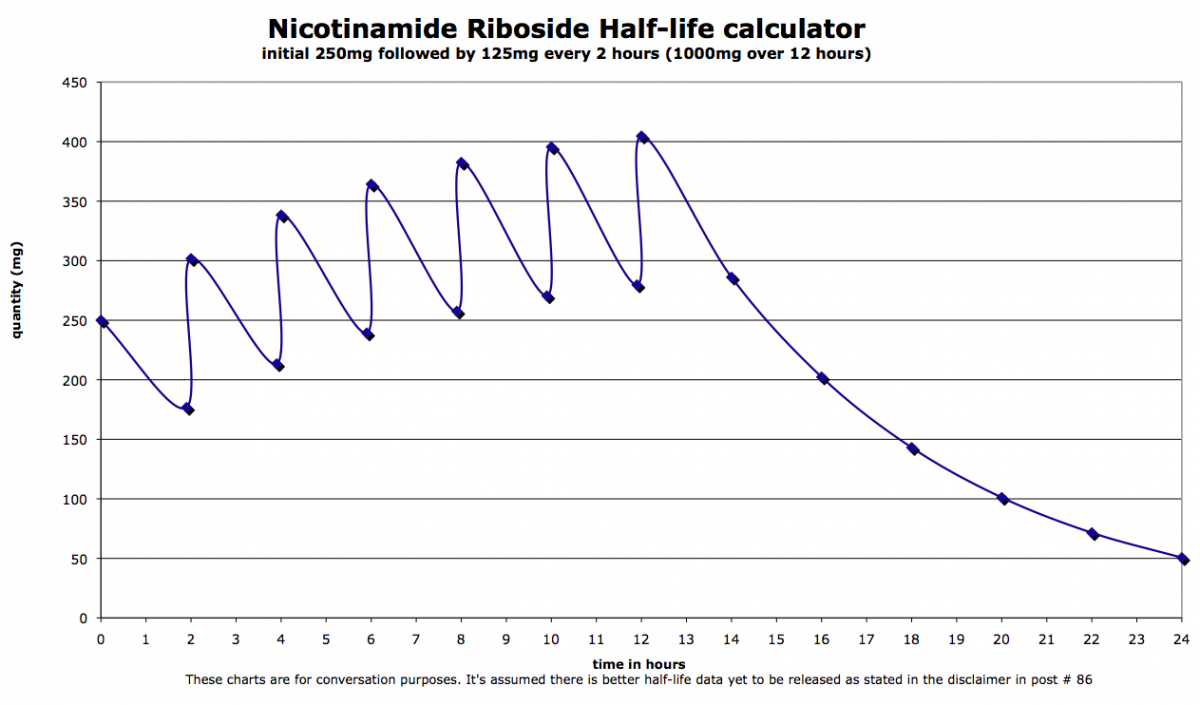I first heard about NQO1 gène here: http://www.anti-agin...-interventions/
He explained very well because at this time, we dint have the niagen data release. And he already speculated that the NAD+ would fastly return back to original due to the NQO1 gène..
Then I also wrote a topic more specialised with beta-lapachone here: http://www.beta-lapa...f-healthy-life/
You can found many studies wich show beta lapachone increase all biomarker in mamals of NAD+ and also increase lifespan more than CR. I contacted the author and they are sure you can even get better result by playing with the dosage, but would have cost them lot of time
You have also direct result on the mitochondria structure and its really impressive the way it protect it and even return them to normal
Ok thanks I will do some reading. I did notice the anti-aging firewalls topic but I am not convinced by that. Perhaps there is some increased "resistance" over time but I dont think that it will be able to scale to a level that rapidly would remove the NAD+ back. If the body could scale removal up that well I never would get drunk either for example and the liver would simply grow as far as needed....Anekdotal evidence doesnt support it either. Personally I am using NR (2 days / day) for over 6 months now and I dont have at all the perception that its effect is diminishing. Ok twice a day is a pulsating increase and perhaps the author is right if the supplementation is truly continuous --> so should be avoided till we know more?
Edited by stefan_001, 01 December 2015 - 05:46 PM.
































 This topic is locked
This topic is locked































